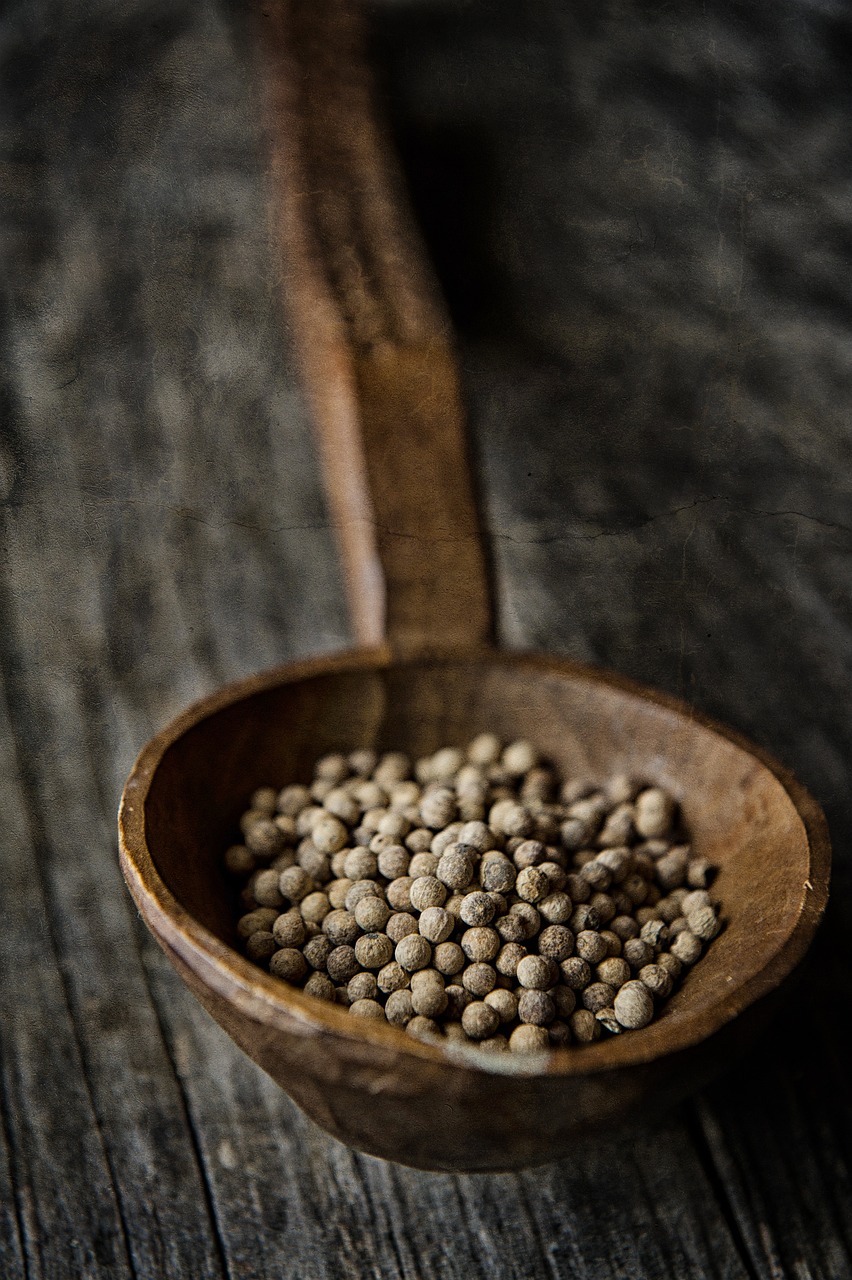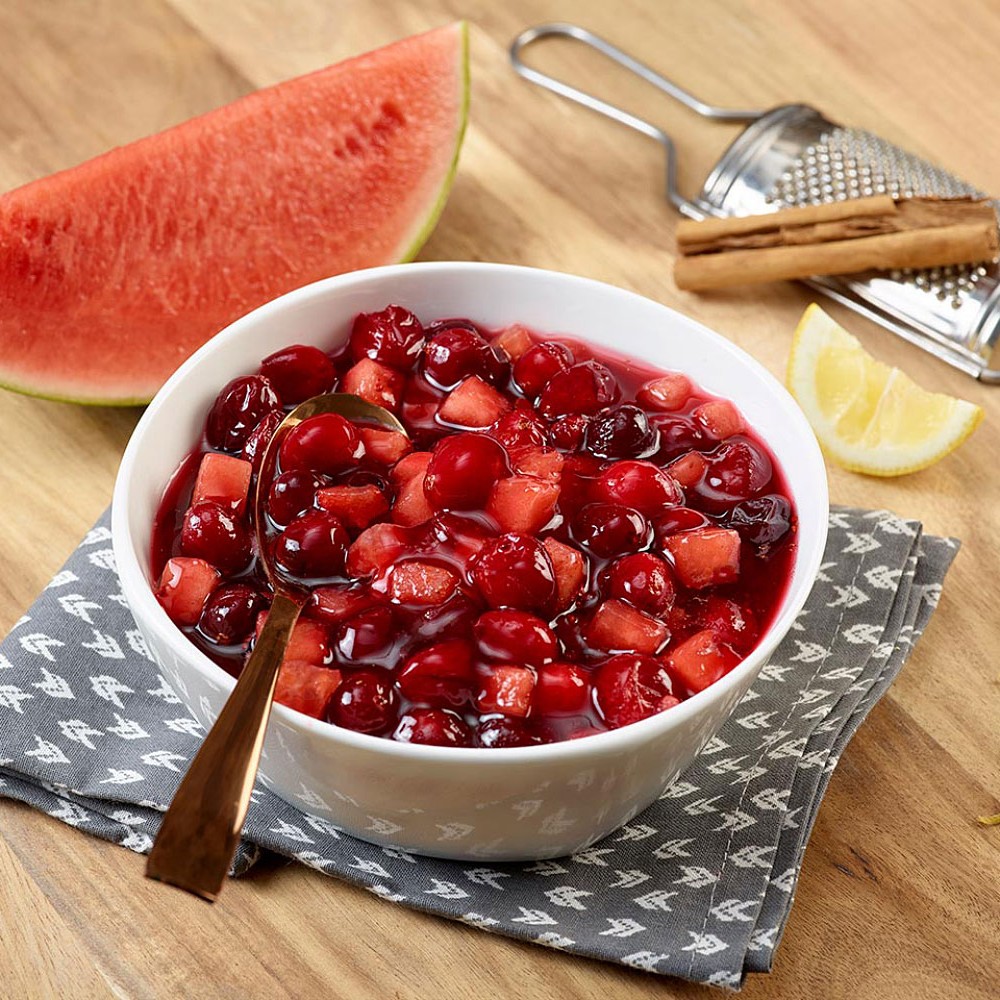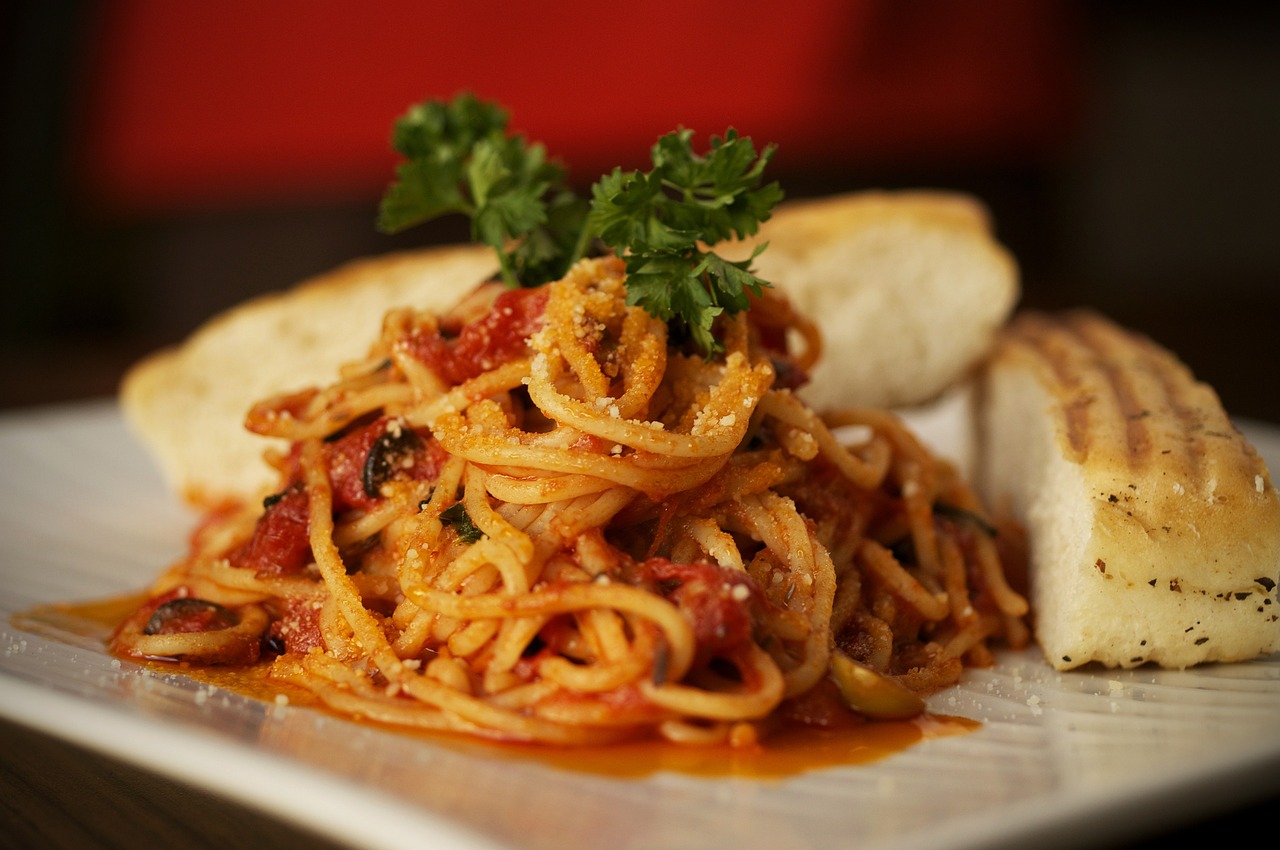Of Empires and Nostrils: A History of Pepper

We tend to forget that once pepper was not so easily available, in fact it was worth more than gold – famous kings were buried with it, it inspired the exploration of the New World and when Rome fell one of the ransoms the people had to pay was pepper. In the past it was used as currency, the once priceless commodity has a fascinating history and it is no wonder really that it remains the King of Spices, ranked as the third most popular ingredient added to recipes due to its unique, irresistible pungency.
The seed berries of the Piper Nigrum vine; peppercorns originate from the Malabar Coast of India and are generally thought to be the oldest spice in existence, harvested as long ago as 1000 BC. Today the precious spice is responsible for over one fourth of the world’s spice trade and has been the most widely traded spice for the last 3,000 years.
Peppercorns have long been recognized for their medicinal properties, as they are said to ease respiratory distress, heal skin conditions and deter insects. The secretive Arab sea traders were the first to sell the luxurious spice at exorbitant prices which only the immensely wealthy could afford. It was traded in Egypt, Rome and Greece. The mummy of Ramesses II was found with black peppercorns stuffed in the nostrils, put there as part of the mummification ritual, illustrating the importance and expense of the spice of Kings.
The early Roman Empire conquered Egypt around 30 BC, after which they annually sent approximately 120 ships on a one-year trip to China, India and Southeast Asia before the fleet returned home. Visits to the Malabar Coast in search of pepper became frequent and although it remained an extremely expensive item synonymous with wealth and power, its use became increasingly widespread across the empire and it was a favorite ingredient in cooking.
The secret source of the prized spice was out and the race was on – the Spice Trade became fiercely competitive and it is one of the factors which prompted Christopher Columbus to discover the New World when, in fact, he was seeking the ‘Spice Islands’ instead.
Supposedly when Rome was besieged, the victors, Attila the Hun and Alaric the Visigoth demanded a pepper ransom price. Following the fall of Rome, the Persians and Arabs re-established themselves as the leaders of the Spice Trade.
In the Middle Ages, the Portuguese and then the Dutch controlled the trade, by which stage pepper was worth more than gold and the individual seeds were a respected currency. The Dutch have a favorite expression – peperduur or ‘pepper expensive’ which shows just how valuable the spice was. Later on, in the Mediterranean, the leading Italian powers dominated the trade, which helped to fund the rise of Venice and Genoa.
So next time you are glibly grinding black rain onto your food, stop and think for a moment about the phenomenal historical impact of the popular spice. Luckily today we have a plentiful supply sourced from all over the world, but once upon a time pepper was partly responsible for the rise and fall of empires and was stuffed into the nostrils of Kings.
The Author:
Explore all types of spices Robertsons has to offer. Herbs, exotic spices and blends, Robertsons has them all.
Photo. Pexels








